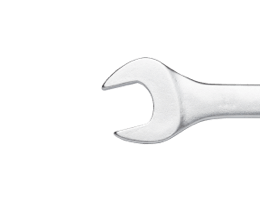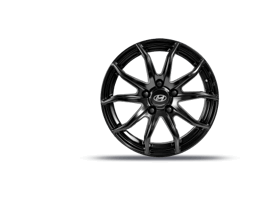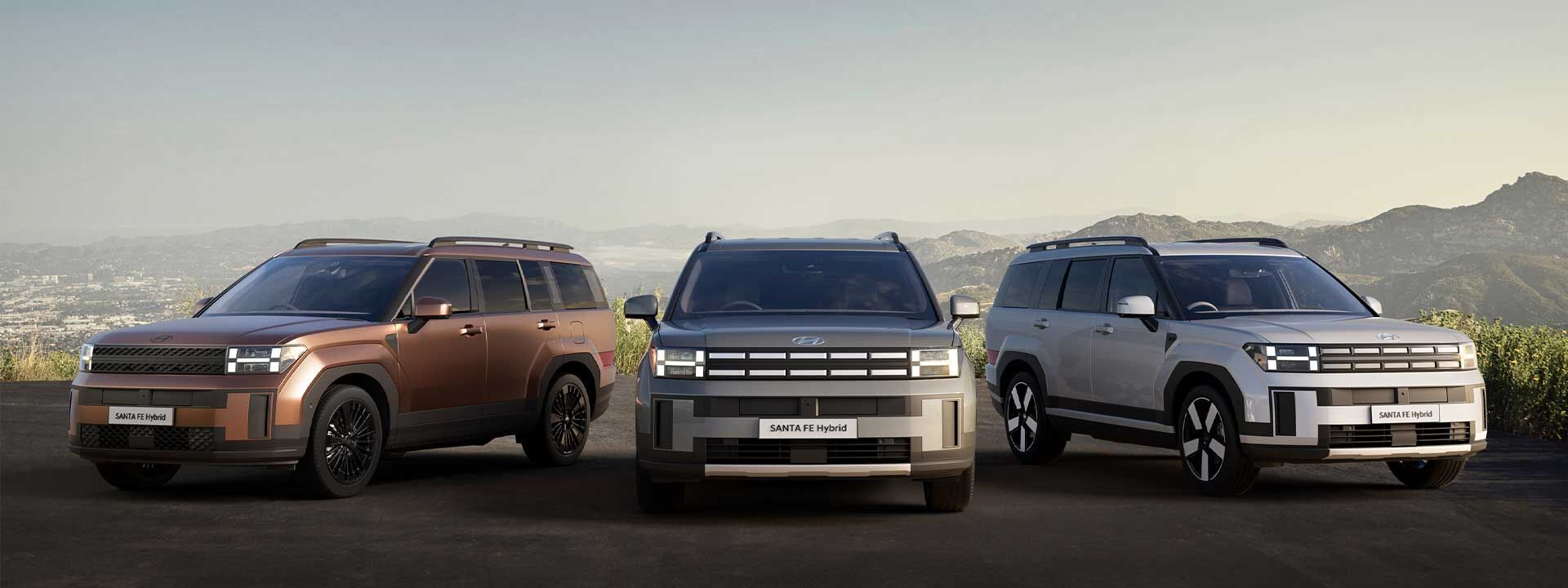Hybrid. By Hyundai.
Imagine the best of both worlds.
Questions on hybrids? We’ve got you covered.
Hyundai is at the forefront of hybrid and electric technology, pushing boundaries to create
innovative and efficient vehicles.
What is a hybrid car?
A hybrid car is one that’s propelled by two different types of power: an electric motor and an internal combustion (petrol) engine. This configuration means that hybrid cars can take advantage of both energy sources for excellent fuel efficiency with maximum performance.
Hyundai hybrids combine technologies to produce a smoother, more efficient drive.

How does a hybrid car work?
Imagine the best of both worlds. A vehicle that drives with power and performance, but in a way that’s more efficient and economical than a conventional petrol car.
The magic happens when you start the engine. During low-speed driving or idling, the electric motor springs into action, drawing power from the battery pack. This not only reduces emissions but also saves fuel. As you accelerate, the gasoline engine seamlessly takes over, providing the necessary boost for highway driving. What's truly remarkable is that when you brake or coast, the hybrid system cleverly converts kinetic energy into electricity, recharging the battery to power the electric motor later on.

Know which type of hybrid is right for you.
Just as cars come in all shapes and sizes, hybrids also come in different configurations with different capabilities.
Here’s each one explained.
What is the difference between
hybrid and electric cars?
Hybrids and electric cars have surged in popularity with advancements in more sustainable automotive technology.
Both cars offer their own distinct advantages.
Benefits of hybrid cars.
A combination of petrol engine power and electric motor efficiency creates a ‘best of both worlds’ driving experience.
Industry-leading batteries.
Hyundai's industry-leading hybrid batteries boast an impressive range for efficient electric driving, contributing to reduced driving emissions, exceptional fuel efficiency and superior performance. Our batteries come with an 8-year, 160,000-kilometre warranty[B1][B2], whichever occurs first.

Hybrid maintenance.
By relying on authentic Hyundai components and our expert service, you can ensure the optimal efficiency and reliability of your hybrid, so you can continue to enjoy a smooth, eco-friendly driving experience for years to come.

Hyundai hybrid servicing intervals.
Servicing intervals for hybrids are essentially the same as for petrol engine models – with some added hybrid-specific checks to maintain performance. The owner’s handbook has the specifics, but rest assured that hybrids require no more maintenance than your current car.

Meet the Hyundai Hybrids.
Disclaimers.
[B1] Battery warranty covers the High Voltage battery only.
[B2] All new Hyundai Blue-drive vehicles are backed by an 8-year or 160,000km High Voltage battery warranty. For full terms and conditions of the warranty, visit Warranty Terms and Conditions.

















